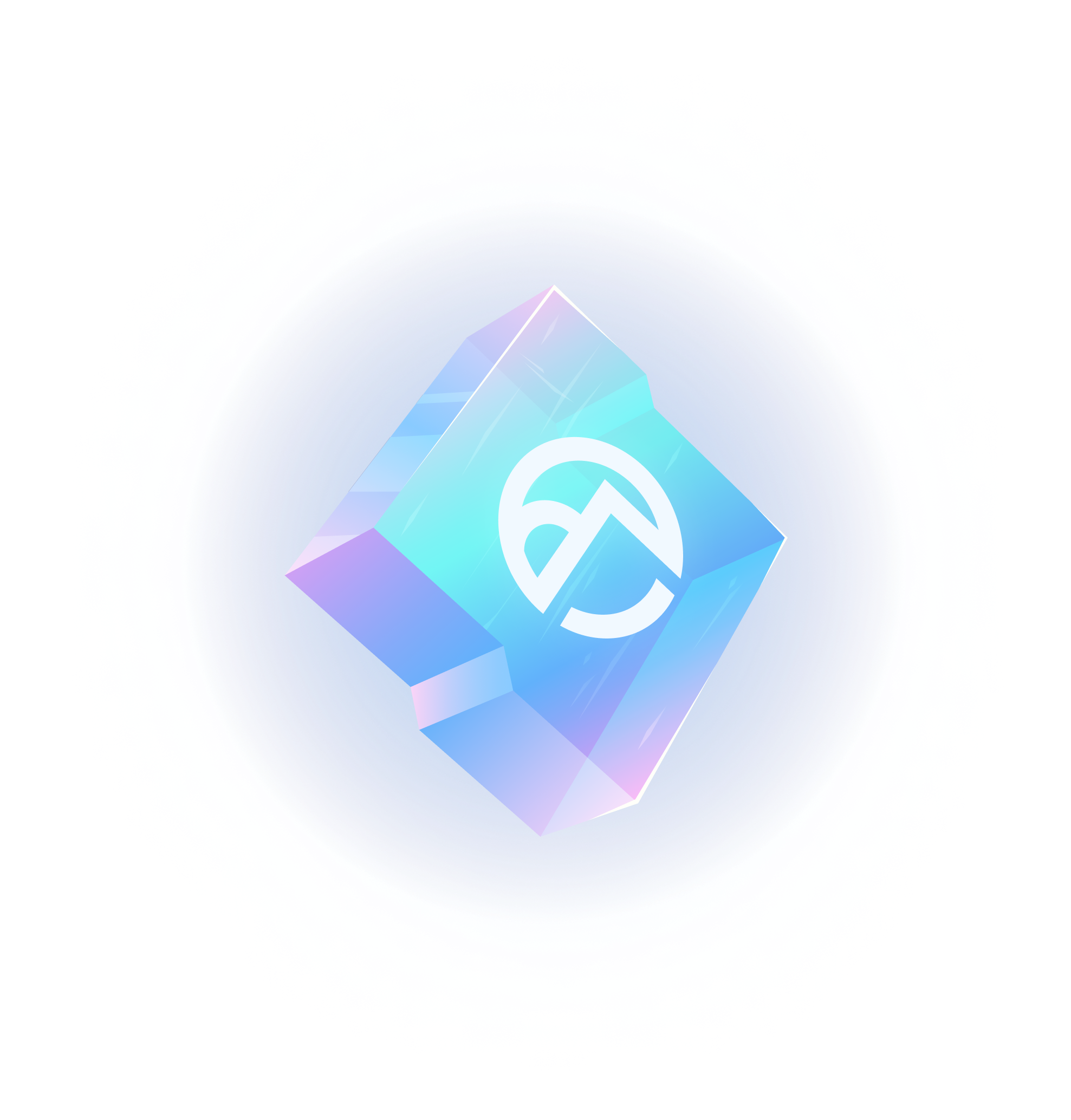If you work in consumer insights in the video game industry, you’re familiar with the evolving challenges of understanding your players. The landscape is shifting rapidly — from the blurring lines between platforms to the increasing sophistication of players across all demographics.
As Mike Swiontkowski, Head of Global Research and Consumer Insights at Blizzard, pointed out on the Deconstructor of Fun podcast, “The speed at which we need to take action on behavior now and consumer insights is far faster.” We’re constantly asked to provide deeper insights, answer the “why” behind player behaviors, and do it all at breakneck speed.
Solsten is a consumer insights platform that’s making waves in the CI world by revolutionizing how to understand and segment players. Let’s cut through the hype and look at how Solsten fits into CI workflows across the game development lifecycle.
Beyond Demographics: Solsten’s Approach to Consumer Insights
Solsten uses a psychological profiling methodology that goes beyond traditional demographic segmentation of the target market. Its adaptive psychological assessment measures over 200 traits including personality, values, and intrinsic motivations. This approach allows for a nuanced understanding of player motivations — the kind of deep insights that are often difficult to capture at scale through traditional focus groups.
As Bennett Robbins, Global Head of Publishing and Ecosystem Insight at Riot Games, mentioned on the same podcast, “We spend a lot of time trying to think about how do we align our bets as a company against the needs and the motivations of the interests of those young gamers.” Solsten tackles this need directly, ensuring that customers feel understood. But what does this level of understanding mean for the future of game development and player engagement?
What sets Solsten apart is how it bridges the gap between quantitative and qualitative insights. While one-on-one player interviews provide valuable insights, scaling these across a large customer base is challenging. Solsten offers a way to validate and scale qualitative insights. It gives consumer insights teams the best of both worlds for improving customer satisfaction.
Solsten’s assessment has reliability scores ranging from 0.7 to 0.95, and a mean of 0.85. This meets or exceeds the standards for medical-grade psychological tools. Whether you’re making a multi-million dollar product development decision or tweaking a live ops strategy, you can trust the insights you’re getting. So how might this level of psychological insight change the way you approach game design and marketing?
Rapid, Actionable Insights Across Platforms
It’s difficult to deliver actionable insights quickly, especially for live service games that require real-time customer feedback. Solsten’s adaptive psychological assessment offers rapid insights that can inform decision-making on the fly. This is huge for anyone working on a title where player behavior can shift dramatically in a matter of days, allowing for quick improvements to customer support and overall customer satisfaction.
Solsten supports the entire game development lifecycle, from early-stage concept testing to live ops. Its Navigator software allows you to create custom audiences based on genre, game mechanics, art style interests, and more. This means you can validate game concepts based on psychological profiles of your target audience way before development begins, potentially improving the customer experience from the outset. But what if we could predict the next big gaming trend before it even begins?
As development progresses, Solsten’s insights can inform game design and feature prioritization. Our patented clustering technology groups players based on their behavior. This helps us understand not only what players are doing but also why they do it. This is particularly valuable when debating which features to focus on or understanding why certain mechanics aren’t resonating with players, allowing for data-driven product development.
Importantly, Solsten can provide insights across different platforms and devices. As the lines between mobile, console, and PC gaming blur, understanding how player motivations shift across platforms becomes key. Solsten’s approach allows for a comprehensive view of player behavior, regardless of where they’re playing, helping to improve products and services across all platforms. This is key to creating truly cross-platform experiences that resonate with players on a deeper level.
Enhancing Marketing and Monetization
What if you could speak directly to your players’ deepest motivations in every marketing campaign? Solsten can predict content preferences based on psychological profiles. This means you can tailor marketing strategy to resonate with specific player segments. By understanding the underlying motivations of your target audience, you can create more effective marketing messages and optimize user acquisition strategies.
For monetization and retention, Solsten provides deep insights into what drives long-term engagement and motivates purchases. This allows CI teams to fine-tune live ops strategies for better results. While Solsten doesn’t directly modify game environments, its insights can inform personalization strategies. These potentially lead to higher engagement and retention rates, ultimately expanding the customer base.
Cross-Team Collaboration and Integration
Solsten is designed to enhance collaboration between consumer insights, development, marketing, and other departments. By providing a common language of player motivations and behaviors, it can help align different teams around player-centric decisions that improve the customer experience. How might this shared understanding transform the way game development teams work together?
Integration with existing tools is an important consideration for most insights teams. Solsten is designed to complement, not replace, current CI methodologies. It can integrate with existing analytics and research tools, allowing teams to extract more value from the data sources they’re already collecting.
Understanding Market Opportunities
What untapped markets might be revealed through this deeper understanding of player psychology? Assessing true market opportunities goes way beyond player counts. Solsten’s psychological profiling can help identify underserved player segments and validate new game concepts more effectively. This can be particularly valuable when pitching new ideas or seeking funding for projects aimed at expanding the target market.
Solsten’s Navigator shows the potential market size and LTV of hypothetical audiences built from any combination of factors. With access to the largest psychological database in the world, representing 3.4 billion people globally and growing every day, it provides a comprehensive view of potential markets and customer sentiments.
Data Privacy and Integration
Of course, any discussion of a new data tool inevitably raises questions about privacy and integration. Solsten’s approach to data collection and privacy compliance is robust. In an era of increasing regulation and player concern about data usage, it’s necessary for any tool to adhere to the highest standards of data protection. Solsten has built privacy considerations into its core functionality.
One of the most appealing aspects of Solsten is its potential for seamless integration with existing analytics and research tools. We all have established workflows and systems, and the idea of a tool that can enhance these rather than replace them is attractive. Solsten is designed to complement existing methodologies, allowing CI teams to get more value out of the data they’re already collecting about their customers.
Solsten doesn’t replace current CI methodologies. Instead, it enhances and expands their capabilities. You can use Solsten to add depth to your quantitative data, provide context for qualitative insights, and bridge the gap between different types of player information.
Limitations and Complementary Approaches
While Solsten offers powerful insights, it’s important to note that it’s not a magic solution for all CI challenges. It works best when used in conjunction with other research methodologies and data sources. Solsten provides deep psychological insights, but they should be balanced with behavioral data, games user research, and other traditional CI methods for a comprehensive understanding of your players and their customer journey.
The Solsten Advantage for CI Professionals
As with any new tool, the key question is: Will Solsten genuinely add value to your workflow? Based on what we’ve explored, it offers a unique approach to player understanding that complements and enhances existing methodologies.
Solsten isn’t about replacing the expertise of CI professionals. It’s about providing a new lens through which to view your players, potentially uncovering insights that might otherwise remain hidden.
If you’re intrigued by the possibilities, it might be worth exploring further. Solsten offers personalized demos that allow you to see how the tool would work with your specific games and challenges. It could be an opportunity to see firsthand how psychological profiling might fit into your CI toolkit.
In an industry that’s constantly evolving, staying ahead of the curve in player understanding is crucial. Tools like Solsten represent the next step in that evolution. Whether it’s the right step for your team is a decision only you can make — but it’s certainly a development worth considering as we all strive to create better, more engaging games for our players.


